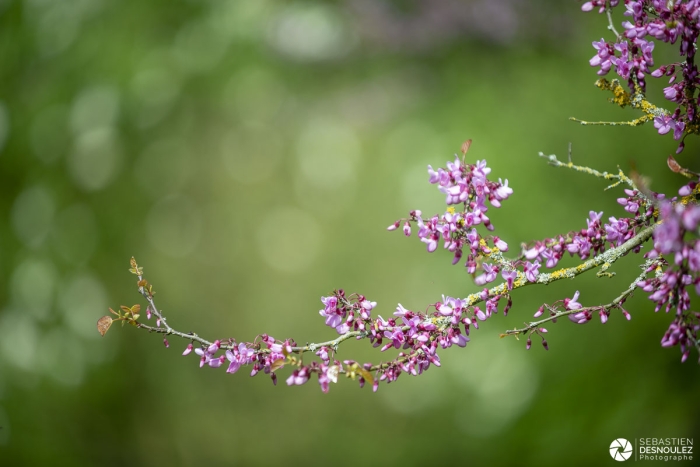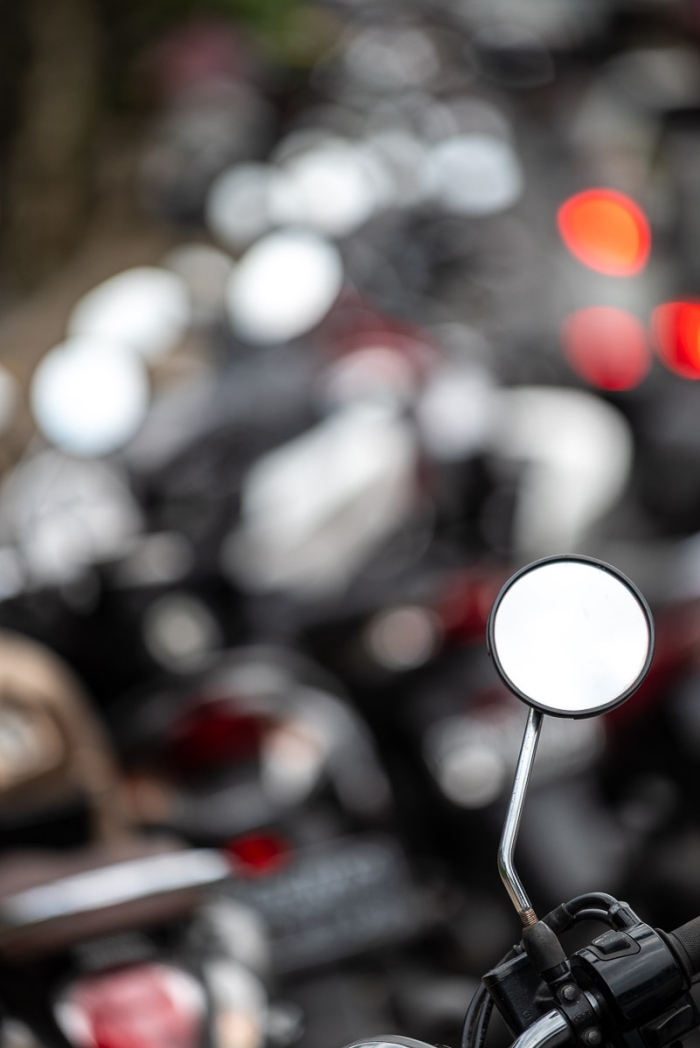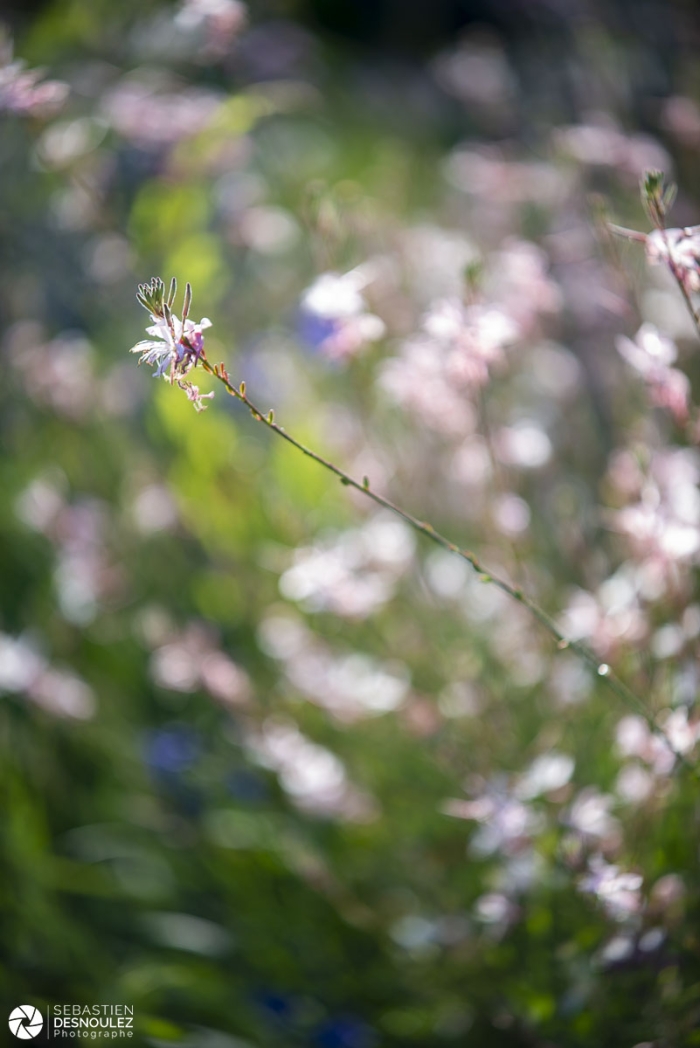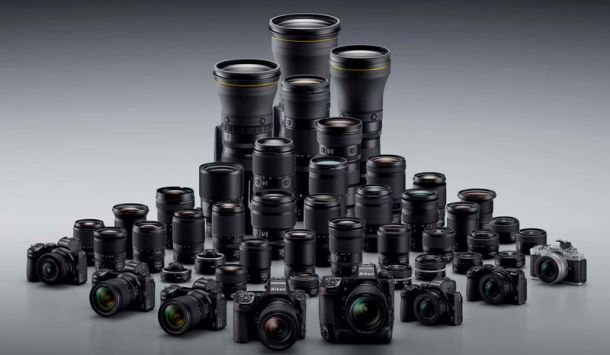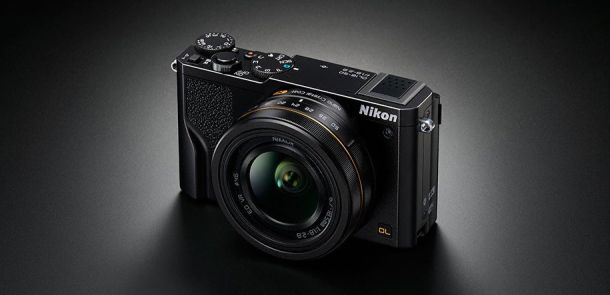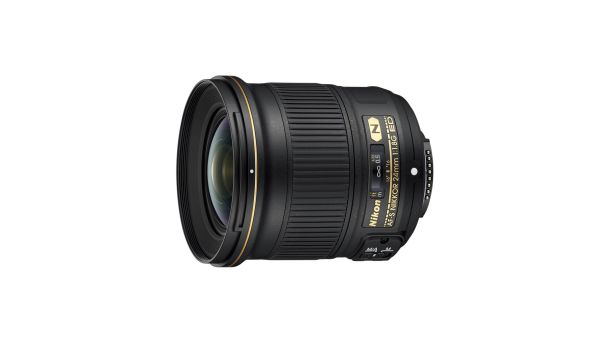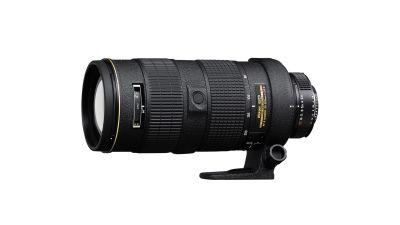
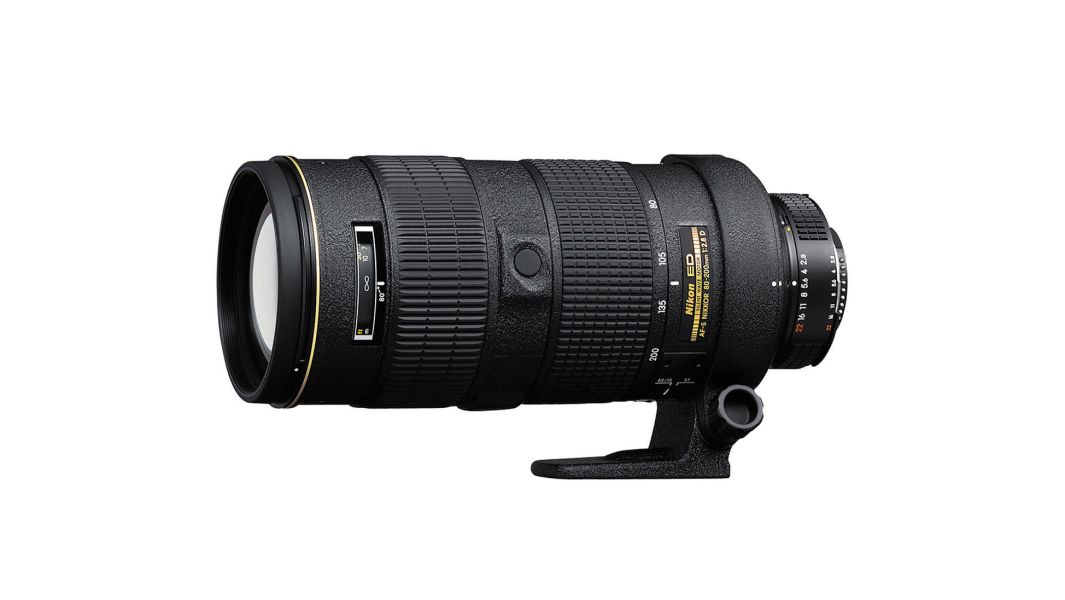
Nikon AF-S Zoom-Nikkor 80-200mm f/2.8D IF-ED: History, Specs and an Overlooked Swirling Bokeh
The first Nikon telephoto zoom lens featuring a SWM motor, the 80-200mm f/2.8D IF-ED made a lasting impression on a generation of photographers. Released in 1998, it combined robustness, optical quality and fast autofocus, paving the way for the AF-S range. A hands-on review after 25 years of use, from motorsports to studio work.
Released in December 1998, the Nikon AF-S Zoom-Nikkor 80-200mm f/2.8D IF-ED marked an important milestone in the history of the brand’s fast telephoto zooms. As the first Nikon lens to feature a SWM (Silent Wave Motor), it launched the AF-S series at a turning point in photography: the end of the film era and the dawn of digital, with the Nikon D1 already in development for 1999.
At launch, the 80–200mm AF-S stood out for its massive build quality: 18 elements in 14 groups including 5 ED glass elements, 9 rounded aperture blades, three AF-L buttons on the barrel, and a sturdy tripod collar. At 1.5 kg, it was one of the heaviest zooms in its class, yet it delivered excellent image quality and autofocus performance for its time.
Technical Specifications
| Type | Telephoto zoom |
| Mount | Nikon F |
| Compatible format | FX / Full-frame 35 mm |
| Focal length | 80–200 mm |
| Zoom ratio | 2.5× |
| Max. aperture | f/2.8 |
| Min. aperture | f/22 |
| Diaphragm blades | 9 (rounded) |
| Optical construction | 18 elements in 14 groups (including 5 ED elements) |
| Focusing | Autofocus (SWM) with built-in motor |
| Minimum focus distance | 1.5 m |
| Tripod collar | Yes (removable) |
| Filter thread | 77 mm (screw-in) |
| Dimensions (diameter × length) | 88 × 207 mm |
| Weight | 1,550 g (1,470 g without tripod collar) |
| VR stabilization | No |
I bought it in May 1999 to replace the Nikon 80-200mm f/2.8 AF-D ED New (1997), whose autofocus performance was underwhelming. Compatible with the TC-14E and TC-20E teleconverters, the AF-S version paired with the TC-14 (giving a 112–280 mm f/4 equivalent) was the perfect complement to the 500 mm f/4 mounted on a second body. A combo I was already used to in F1 back in the Canon EOS-1 days, with the 70-200mm f/2.8 EF and 500mm f/4.5 EF [see article].
I used it for nearly 25 years, until it was replaced by the Z version in 2023. During that time, it served me well for corporate portraits, product photography in studio, landscapes, and even close-up work with extension tubes.
But what struck me most was its unique personality: between 120 and 160 mm at f/2.8, it sometimes produced a swirling bokeh reminiscent of vintage Petzval lenses – a rare but beautiful effect… which I’ll let you discover through the images below.
To learn more about why lenses like this one remain essential in a photographer’s kit, read the article Why a 70-200mm f/2.8 is the Photographer’s Most Versatile Lens.
Click on the images below to view them full screen.
All the photos displayed on this website are copyright protected © Sebastien Desnoulez. No use allowed without written authorization.
Legal notice
About the author
Sebastien Desnoulez is a photographer specializing in architecture, landscapes and urban scenes for over 40 years. Trained in the analog era, he covered major sports events in the 1990s before transitioning into fine art photography. Today, he documents the evolution of photography while maintaining a demanding artistic practice that combines technical precision with poetic vision.
Tags
I am represented by the gallery
Une image pour rêver




